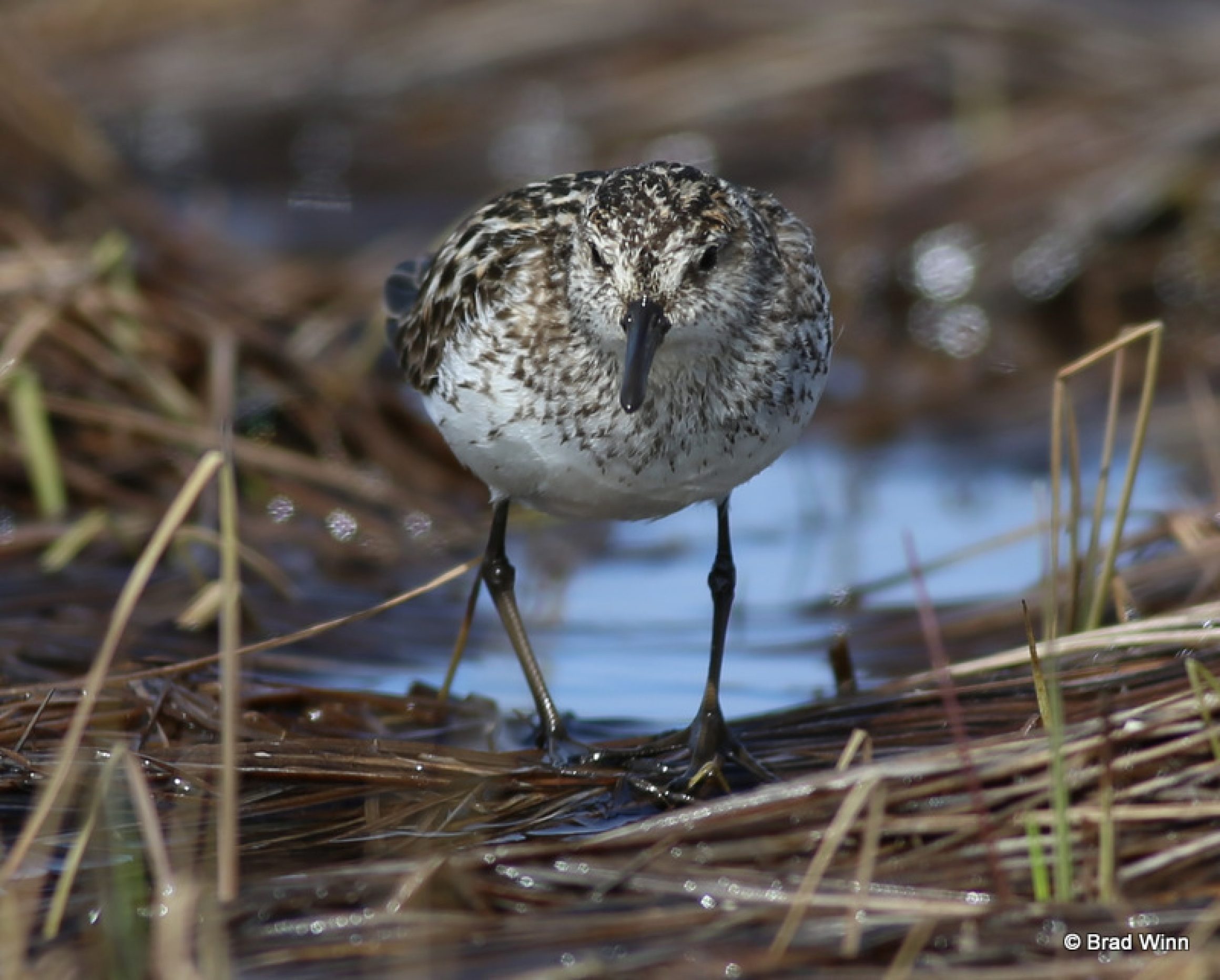Migratory shorebirds are among the most mobile animals on the planet. Their unique life histories make them compelling subjects to teach children and adults about the natural world.
But many shorebirds are in trouble. Their long-distance migrations from Arctic breeding grounds to points all over the Western Hemisphere link communities, countries and continents in conservation. Shorebirds emphasize the manner in which human communities throughout the world are connected by the wildlife resources they share.
Despite widespread fascination with shorebirds, their mobility presents challenges for monitoring populations; an exception is on their remote Arctic breeding grounds. In conjunction with the development of the Canadian and U.S. Shorebird Conservation Plans in the early 2000s, the Program for Regional and International Shorebird Monitoring (PRISM) was established to address the monitoring needs of shorebirds, so that effective conservation actions could be implemented to restore these remarkable birds.
A key element of PRISM was the development of Arctic breeding ground surveys, with the goal of monitoring populations across the entire North American Arctic at regular intervals over two decades using data collected at a regional scale. The design includes visits to plots selected at random across a large area to estimate numbers in that region (extensive surveys), and intensive surveys on a subset of plots to find all the birds present and estimate how many of these cryptic birds might have been missed on the extensive surveys.
The resulting “detection ratios” allow for an accurate estimate of the breeding population, which is often difficult to achieve at other times of the year. With recent monitoring work in western Alaska and in eastern Canada, all designated regions will be completed within the original 20-year timeline.
Implementing surveys at a regional scale is a logistical necessity but also offers a number of advantages from a management perspective. Local and regional density information can be applied directly to impact assessment, as was the case for the proposed Mackenzie Valley Oil and Gas project in Canada’s western Arctic. Information from surveys in the Teshekpuk Special Use Area in northern Alaska, was used to determine areas of high breeding density where oil and gas leases should be restricted.
Information at a range-wide or regional scale can provide estimates of flyway populations for management and conservation efforts elsewhere. For example, information partitioned by flyway and Bird Conservation Region is used by the Migratory Bird Joint Ventures to set population and habitat objectives.
Reliable estimates of population size are also needed for inclusion in Potential Biological Removal models used to determine the sustainability of shorebird harvest in the Caribbean and northern South America.
Arctic PRISM surveys may also help to identify changes in Arctic habitats and shorebird distribution resulting from long-term environmental and anthropogenic changes.
The Arctic plays a key role in the annual cycle of many Western Hemisphere shorebird species. Continued and committed implementation of Arctic PRISM will meet the monitoring needs for most Arctic-breeding shorebirds. Measuring population trends of shorebirds on their Arctic breeding grounds is a critical step toward evaluating ongoing conservation efforts, including the recent Atlantic and Pacific flyway efforts to restore these declining bird species.
Results to date demonstrate that the Arctic PRISM surveys, if carried out with the recommended sampling intensity, will achieve their objective of delivering reliable information on distributions, population sizes and population trends. Continued implementation of Arctic PRISM will also help achieve NABCI’s vision that “healthy and abundant populations are valued by future generations and sustained by habitats that benefit birds and people.”
Contact the authors:
Brad Andres: brad_andres@fws.gov
Stephen Brown: sbrown@manomet.org

